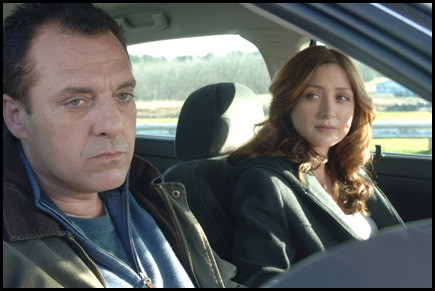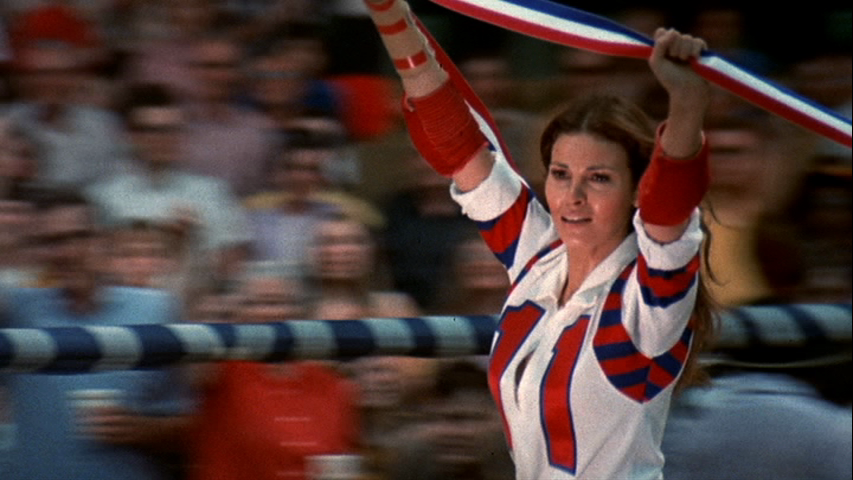
Early on, Raquel Welch was thought of more as a novelty movie star than as an actress. She had become instantly recognizable for displaying her spectacular figure in a skintight spacesuit (Fantastic Voyage), a doe-skin bikini (One Billion Years B.C.), a star spangled bikini (Myra Breckenridge), and flimsy undergarments (100 Rifles). In 1972, she proved that she could act in Kansas City Bomber. Welch nailed the character of a hard scrabble single mom committed to raising her kid while facing one indignity and bad choice after another. (Welch herself had two kids by the time she was 21 and was divorced at 24.) In 1973, she demonstrated brilliant comic acting chops in The Three Musketeers,
Her birth surname was Tejada; she took Welch from her first husband. Welch’s father was Bolivian, and her cousin was the first female president of Bolivia.
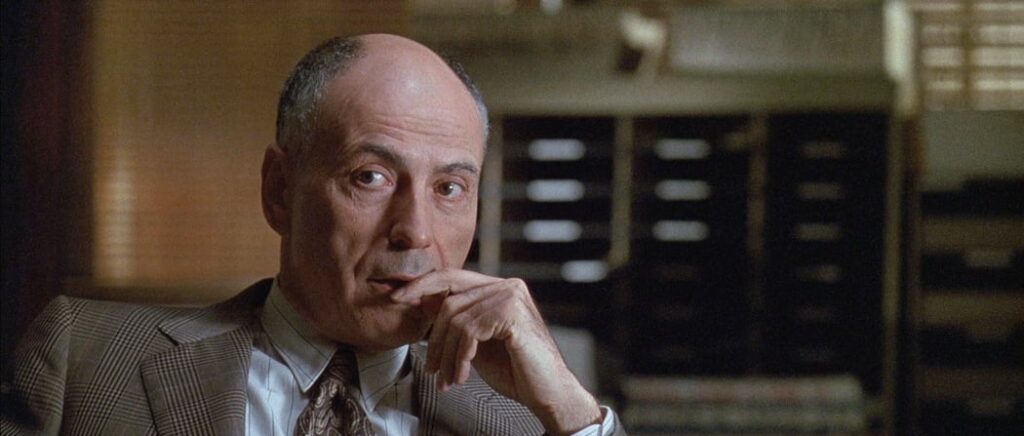
His NYT obit notes that Alan Arkin “won a Tony Award for his first lead role on Broadway (and) received an Academy Award nomination for his first feature film”. Arkin soared in comic roles, especially in The Russians are Coming! The Russians are Coming! and Little Miss Sunshine and as a chilling villain in Wait Until Dark. For my money, his greatest performance as as the desperate and life-worn salesman in Glengarry Glen Ross, a puddle of vulnerability.
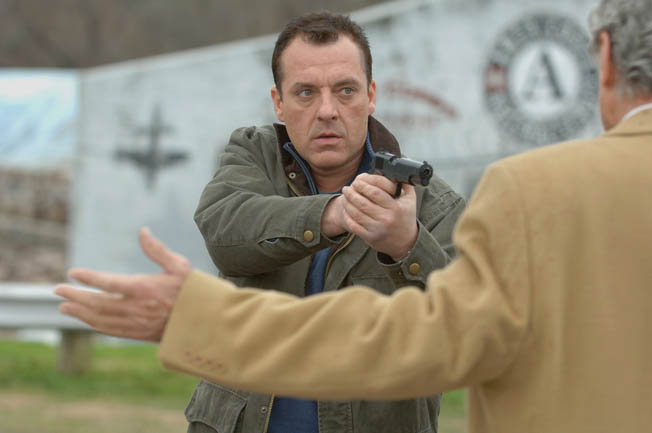
Actor Tom Sizemore is most remembered for his Oscar-nominated performance as Tom Hank’s sergeant in Saving Private Ryan. Sizemore was intense and charismatic and hugely talented, but his longtime cocaine addiction kept him off the screen and in the tabloids, rehab and jail. In a rare leading role, Sizemore carried an excellent little neo-noir, The Last Lullaby; see it on Amazon (included with Prime), Vudu and redbox.
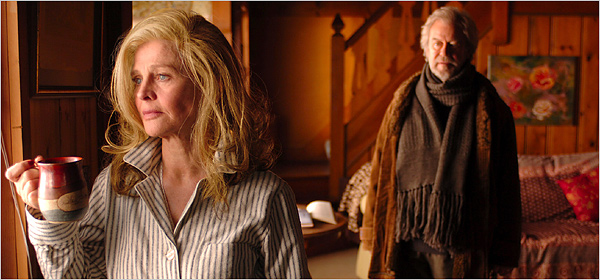
Prolific Canadian actor Gordon Pinsent was unforgettable in Away from Her, Sarah Polley’s Alzheimer’s movie with Julie Christie (my choice for the best movie of 2007). Pinsent piled up 152 screen credits, much of it lesser material on TV. He played a bad guy in one of my favorite neo-noirs, Chandler with Warren Oates.
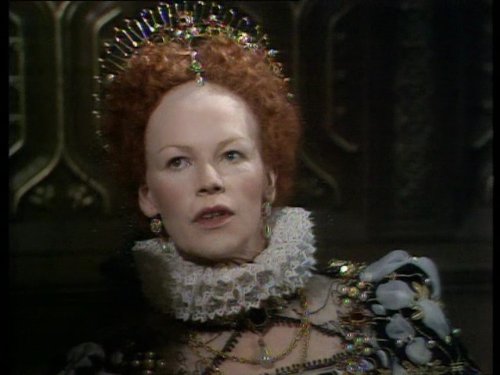
Glenda Jackson won Oscars for Women in Love and a A Touch of Class. I most admired her as the fierce Queen Bess in the 1971 miniseries Elizabeth R. Many actors have tried on politics in real life, but Jackson took off 23 years from her acting career to serve as a hard Left Labor Party MP, before returning to the stage as an acclaimed King Lear.
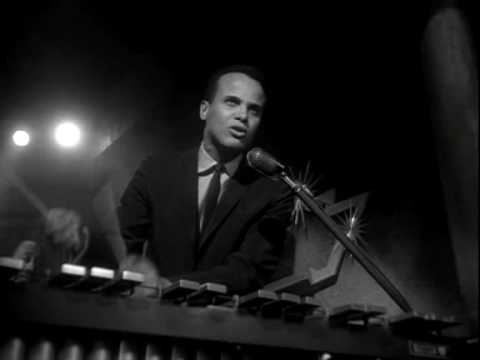
Already a big musical star, Harry Belafonte burst on screen with searing performances in the 1950s – Carmen Jones, Island in the Sun, Odds Against Tomorrow. He only made a few movies after 1959, but they were good ones: Sidney Poitier’s Buck and the Preacher, Robert Altman’s Kansas City and The Player, Spike Lee’s BlacKKKlansman. Belafonte could have had an even bigger film career, but, early on, he refused roles that he found demeaning and then devoted the last six decades of his life to civil rights work, where he made immense contributions.
Gina Lollibrigida has died at 95. Her very solid mainly, European body of film work was overshadowed by her image in the US as a sex symbol (Solomon and Sheba). Check her out in John Huston’s sly Beat the Devil. Lollibrigida was the first five-syllable Italian word that I learned to pronounce.
Richard Roundtree’s FIRST MOVIE role was as the iconic John Shaft in Shaft. He went on to over 250 more screen credits, including four more as John Shaft. Although in my mind, the biggest star of Shaft was Isaac Hayes’ music, Richard Roundtree was, along with Pam Grier, the most significant on-screen force in Blaxploitation cinema.
Michael Gambon, the venerated actor of the British stage, ended his career famously as Dumbledore in several Harry Potter movies. He had also played LBJ in Path to War, the lord of the manor in Gosford Park and the king in The King’s Speech, and elevated smaller movies like Page Eight, Quartet and Layer Cake.
Melinda Dillon was Oscar-nominated for Close Encounters of the Third Kind and Absence of Malice. But my favorite Dillon performance will also be that of another mom, who is worried her son will shoot his eye out in A Christmas Story. She also shared an intimate scene with Paul Newman in Slapshot, and said, “I spent 10 and a half hours naked in bed with Paul and absolutely loved it.”
Cindy Williams, before her TV success in Laverne and Shirley, made two of the 50 Greatest Movies of All Time. George Lucas’ American Graffiti is about that moment in 1962 when the innocence of the 1950s was months away from being replaced by the turbulence of the 1960s, for which nobody in America was prepared; she played the girlfriend of Ron Howard’s Steve, whose willfulness got her in a situation that was more than she could handle. Williams’ apparent sweet innocence was also perfect for Francis Ford Coppola’s The Conversation, where it is revealed that her character was not so threatened after all.
Sadly, the actor Robert Blake will be remembered for the horrific childhood and sordid post-career detailed in his NYT obit, a hit TV show with a parrot and an absence of boundaries on TV talk shows. He was a child star, exploited by an abusive parent, in Our Gang and even The Treasure of the Sierra Madre. But he proved his underlying talent in In Cold Blood.
From 1974 to 1979, Frederic Forrest was making unforgettable movies (The Conversation, Apocalypse Now, The Rose), but those led to a passel of forgettable ones in the 80s. He did sparkle as the villainous Blue Duck in Lonesome Dove.
Treat Williams began his career with a string of interesting movies from 1976 through 1981: The Ritz, Hair, and the highly acclaimed Prince of the City. He continued a prolific and respectable career for four more decades, but his films never matched his early ones.
Julian Sands earned 156 screen credits and will be best remembered for A Room with a View.
Ryan O’Neal became a movie star when he starred in the disgustingly saccharine Love Story. He later was eclipsed by his own daughter’s Oscar-winning performance in Paper Moon. He was a good sport, mocking Love Story with his final line in What’s Up, Doc?.
Jim Brown is justifiably best known for being voted the best NFL player of the 20th Century, but the reason he left NFL was to star in Hollywood movies, where he was an African-American trailblazer. In 1969’s 100 Rifles, he played the first African-American male character in a major Hollywood movie to be shown having sex with a white woman (Raquel Welch). Although Brown displayed a range of emotion onscreen described by James Wolcott as “no wider than a mail slot”, he was a pretty convincing action star, perhaps best in The Dirty Dozen.
Paul Reubens was the star of and the creative force behind the goodihearted and gloriously weird Pee-wee’s Big Adventure.
Joss Ackland was one of those stage-trained British actors who could elevate a role in any film, as he did in Lethal Weapon 2, The Hunt for Red October, White Mischief and over 200 other screen credits.
Lance Reddick earned over 100 screen credits, appearing in several movie franchises and 60 episodes of The Wire. His final performance, in The Caine Mutiny Court-Martial, is one of his best.
Jane Birkin is remembered as a model, fashion icon, pop singer and a celebrity jet setter in the Mod 60s. She appeared in an extraordinarily good movie, Michelangelo Antonioni’s Blow-up, but in a cameo playing a Mod Era jet set model. She was the mother of a very gifted screen actress, Charlotte Gainsbourg.

